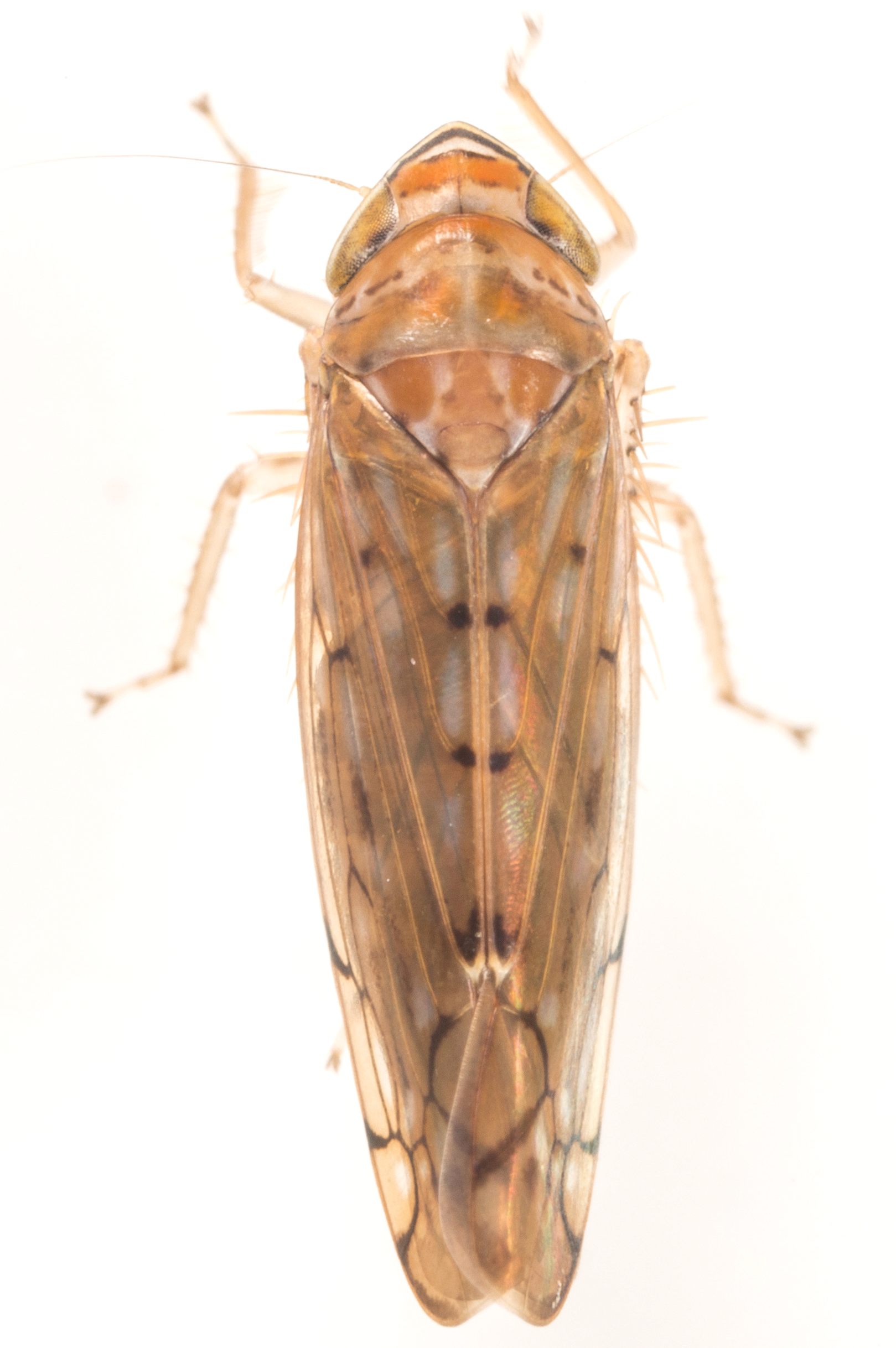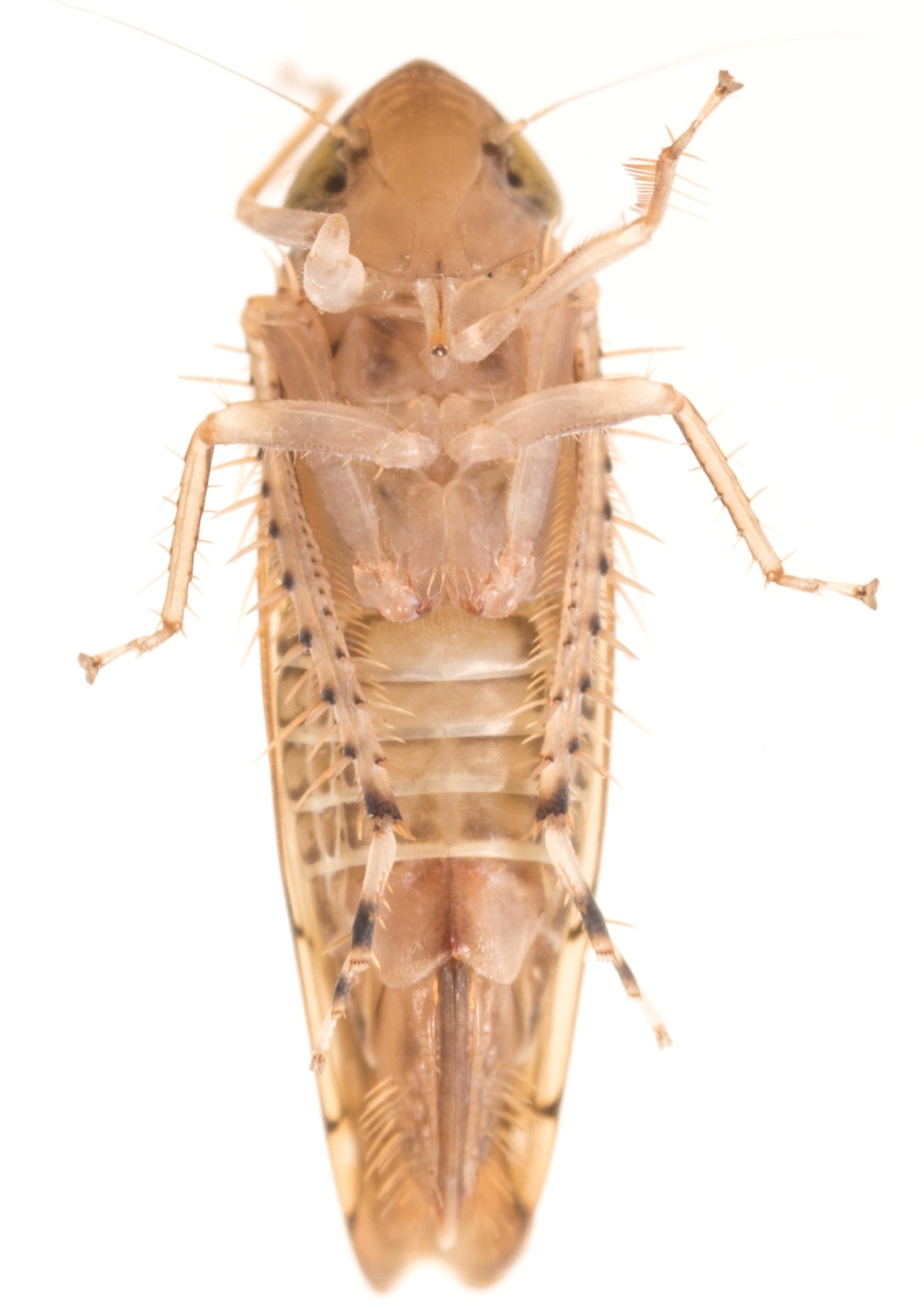| Family (Alpha): | |||
« |
 » » |
| CICADELLIDAE Members: | NC Records | |||||
|---|---|---|---|---|---|---|
Osbornellus limosus - No Common Name | ||||||
 © Kyle Kittelberger- side view |  © Kyle Kittelberger |  © John Rosenfeld |  © John Rosenfeld- female; note shallow notch in 7th sternite |
|
Hoppers of North Carolina: Spittlebugs, Leafhoppers, Treehoppers, and Planthoppers |
| Family (Alpha): | |||
« |
 » » |
| CICADELLIDAE Members: | NC Records | |||||
|---|---|---|---|---|---|---|
Osbornellus limosus - No Common Name | ||||||
 © Kyle Kittelberger- side view |  © Kyle Kittelberger |  © John Rosenfeld |  © John Rosenfeld- female; note shallow notch in 7th sternite |